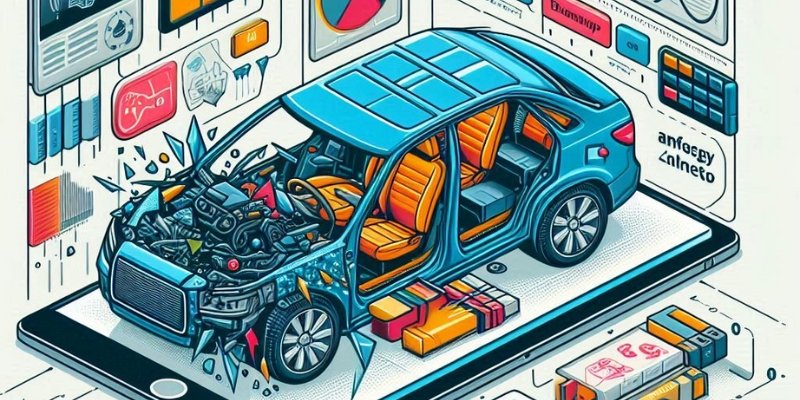Understanding Crashworthiness: A Key to Vehicle Safety


Introduction
When it comes to vehicle safety, crashworthiness plays a vital role in protecting passengers during accidents. Understanding how vehicles are engineered to endure collisions can greatly lower the chances of fatalities and injuries. At the ELENO Engineering Learning Center (ELC), we explore these principles in-depth, highlighting their significance in engineering education and the automotive sector.
What is Crashworthiness?
Crashworthiness is a vehicle’s capability to shield its occupants during a collision. This concept includes several factors such as the vehicle’s structural integrity, material strength, and design principles. By focusing on crashworthiness, automotive engineers work towards creating vehicles that can effectively absorb and disperse crash energy, thereby improving passenger safety.
The Principles of Crashworthiness
- Structural Integrity: The vehicle’s framework must be strong enough to withstand forces during a crash while minimizing excessive deformation that could injure passengers.
- Energy Absorption: Vehicles should be designed to absorb impact energy using materials and structures that deform in a controlled way, thus reducing the forces experienced by occupants.
- Safety Features: Advanced safety technologies, like airbags and crumple zones, are crucial in enhancing a vehicle’s crashworthiness.
- Regulatory Compliance: Vehicles need to adhere to stringent safety standards set by organizations such as the NHTSA (National Highway Traffic Safety Administration) and Euro NCAP (European New Car Assessment Programme), which assess crashworthiness and assign safety ratings.
Vehicle Safety Standards
Over the years, vehicle safety standards have improved significantly, influenced by technological advancements and a deeper understanding of crash dynamics. At ELENO, we teach future engineers about these standards and their implications for vehicle design. By grasping these regulations, aspiring engineers can ensure that their designs not only meet but exceed safety expectations.
Importance of Crash Testing
Crash testing is a crucial element of vehicle development. It provides essential data on how vehicles perform under different crash scenarios, such as frontal, side, rear, and rollover tests. Analyzing these results enables engineers to refine designs and improve safety features.
At ELENO, students get hands-on experience with crash testing methodologies, learning how to interpret results and apply them to practical situations.
The Impact of Design on Safety
A vehicle’s design greatly affects its crashworthiness. Modern materials, such as high-strength steel and composites, are increasingly used to boost structural integrity while keeping the vehicle lightweight. Students at ELENO study the connection between material science and vehicle safety, equipping them to innovate in this area.
Crashworthiness Regulations
Regulatory bodies enforce safety standards that dictate vehicle design and testing requirements. Engineers must understand these regulations to ensure compliance. At ELENO, we stress the importance of adhering to safety standards and preparing our students to navigate the necessary guidelines.
In summary, crashworthiness is a crucial aspect of vehicle safety that has the potential to save lives. Through education and innovation, institutions like the ELENO Engineering Learning Center are equipping the next generation of engineers to prioritize safety in their designs.
Looking ahead, the integration of advanced technologies such as autonomous driving and ADAS (Advanced Driver-Assistance Systems) will further enhance vehicle safety. Consumers need to stay informed about crashworthiness principles when choosing vehicles that prioritize their safety.
If you’re eager to learn more about crashworthiness and vehicle safety, consider enrolling in courses at the ELENO Engineering Learning Center. Together, we can shape the future of automotive safety!


